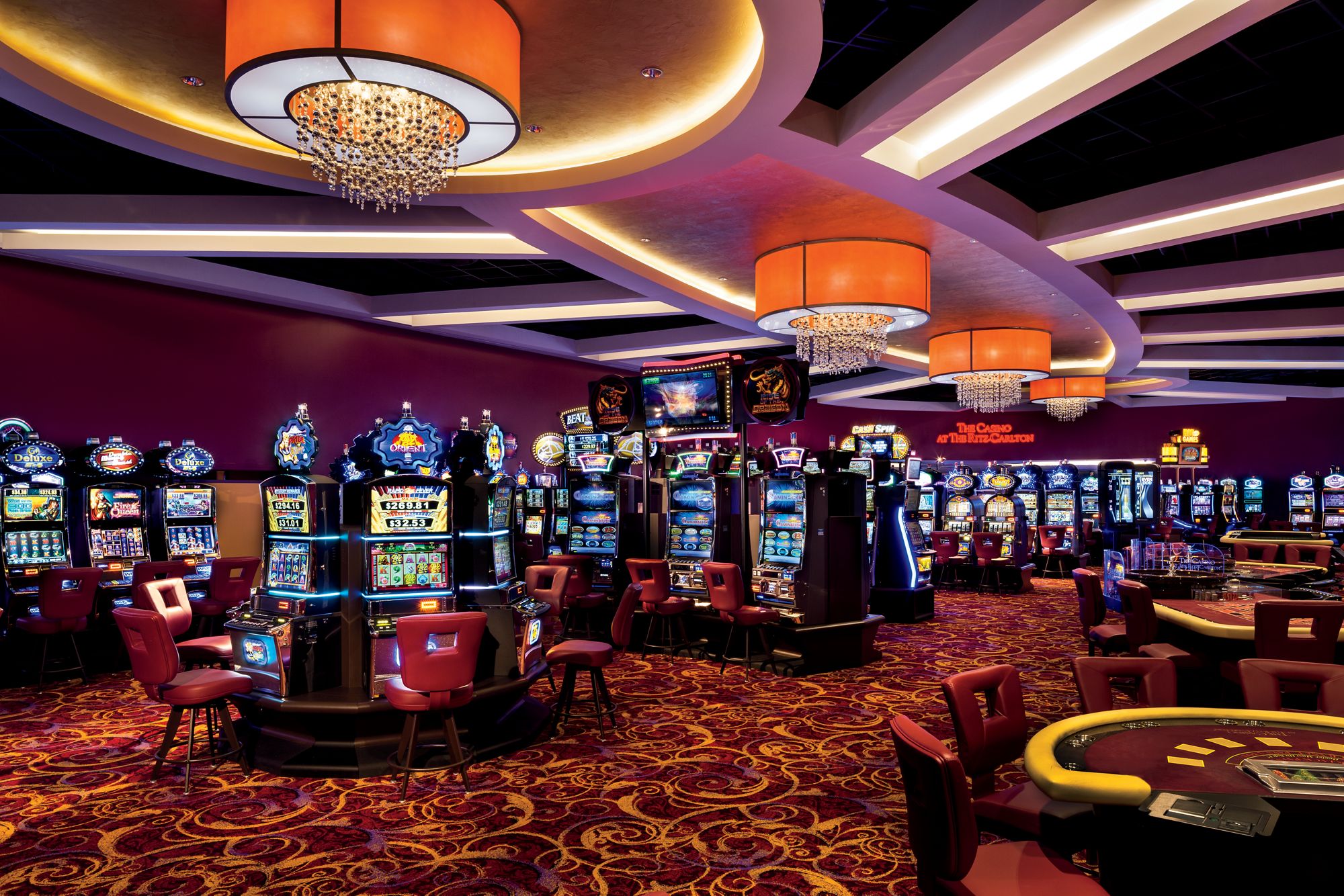In a vibrant and stimulating world of gaming establishments, wherein luck and tactics intertwine, hues and aesthetic play a critical role in attracting players. From the moment players step inside a casino or log into a gaming website, they are immersed in a sightly feast that grabs their attention and lures them to discover further. Vivid colors, engaging graphics, and creative layouts are meticulously crafted to create an environment of excitement and anticipation, ultimately enhancing the gaming experience.
As gamblers move through the dynamic landscape of casino games, they encounter a variety of designs that not only serve visual purposes but also influence feelings and choices. Hues like scarlet and yellow symbolize wealth and fortune, while calm navy and emeralds can create a more relaxed environment. Grasping how these elements work together allows casinos to create an welcoming and stimulating atmosphere that encourages players to interact with the games, invest more time at the tables, and boost their overall enjoyment.
The Science of Tint in Casino Games
Hue plays a critical role in the design of casino games, affecting players’ emotional states and actions. Bright and vibrant colors, such as crimson and yellow, are often used to ignite enthusiasm and attract focus. These hues create a feeling urgency and energy, encouraging participants to participate more eagerly with the game. By thoughtfully selecting hues, developers aim to evoke emotions of satisfaction and expectation, which can enhance the total gaming experience.
Distinct shades also have psychological meanings that can influence how players perceive their chances of success. For case, emerald is often associated with fortune and abundance, making it a well-liked choice in games like the roulette wheel and poker games. This connection can lead players to feel more hopeful and confident in their play, ultimately encouraging them to wager more. Understanding these connections allows game designers to create environments that enhance player enjoyment and retention.
Furthermore, the design of gaming interfaces often utilizes gradients and differing colors to direct players’ actions. For case, successful combinations may be emphasized with bright, differing hues, creating a visual incentive. This technique reinforces successful results and supports repeated gameplay. BET88 By exploiting the psychology of color, gambling establishments can create games that not only draw participants but also maintain them engaged and dedicated in their play experience.
Creative Features that Attract Gamers
The visual appeal of gambling games is largely influenced by the use of vibrant colors. Bright and contrasting colors are strategically chosen to create an appealing atmosphere that grabs attention. For example, crimson and golden hues often signify luck and wealth, which is why they are prevalent in the palettes of slot machines and game surfaces. These colors not only draw players in, but they also stir emotions related to thrill and anticipation, enhancing the overall gaming experience.
In parallel to color, the aesthetic and layout of casino games play a crucial role in captivating players. Games are designed to be user-friendly, ensuring that players can quickly understand the rules and gameplay. Accessible interfaces, along with captivating graphics and animations, help maintain gamer interest and encourage extended play sessions. The physical elements, such as the feel of the controls and the sounds of the games, also contribute to a comprehensive sensory experience that keeps players engaged.
In conclusion, thematic elements in gaming design can greatly influence gaming decisions. Many gambling games are inspired by media, fairy tales, or adventure themes, featuring symbols and characters that resonate with players. These themes create a sense of immersion and connection, making each game feel unique. When players feel a bond to the concept, they are more likely to choose that game over others, leading to higher participation and enthusiasm within the casino environment.
Case Studies: Effective Casino Game Designs
One prime example of impressive gambling game design is the well-known slot machine series based around popular movies. Games such as those based on the Wizard of Oz and Game of thrones utilize bright colors and high-quality graphics to engage players in recognizable narratives. The application of lively visuals and entertaining sound effects takes the focus of players, establishing an psychological connection to the theme. This approach not only encourages longer play but also boosts the overall gaming experience, leading to increased player retention.
Another successful case is the use of color in table games like blackjack and the wheel. Casinos often create these games with rich reds and greens, colors traditionally associated with luck and wealth. For instance, the green felt on a 21 table provides a relaxing effect, while the crimson accents in roulette invite anticipation. This deliberate use of color helps to establish an inviting atmosphere that motivates players to participate, addressing their psychological impulses and increasing their enjoyment.
Finally, social casino games that include social features and lively, dynamic designs have seen remarkable success in engaging players. Games like Zynga Poker and Slotomania leverage bright colors and playful animations to establish an inviting online environment. The integration of leaderboards, social sharing options, and in-app rewards fosters competition and community, drawing players in for longer sessions. Such designs not just make the games visually attractive but also underscore social interaction, a key factor in player retention and engagement within online casino environments.
